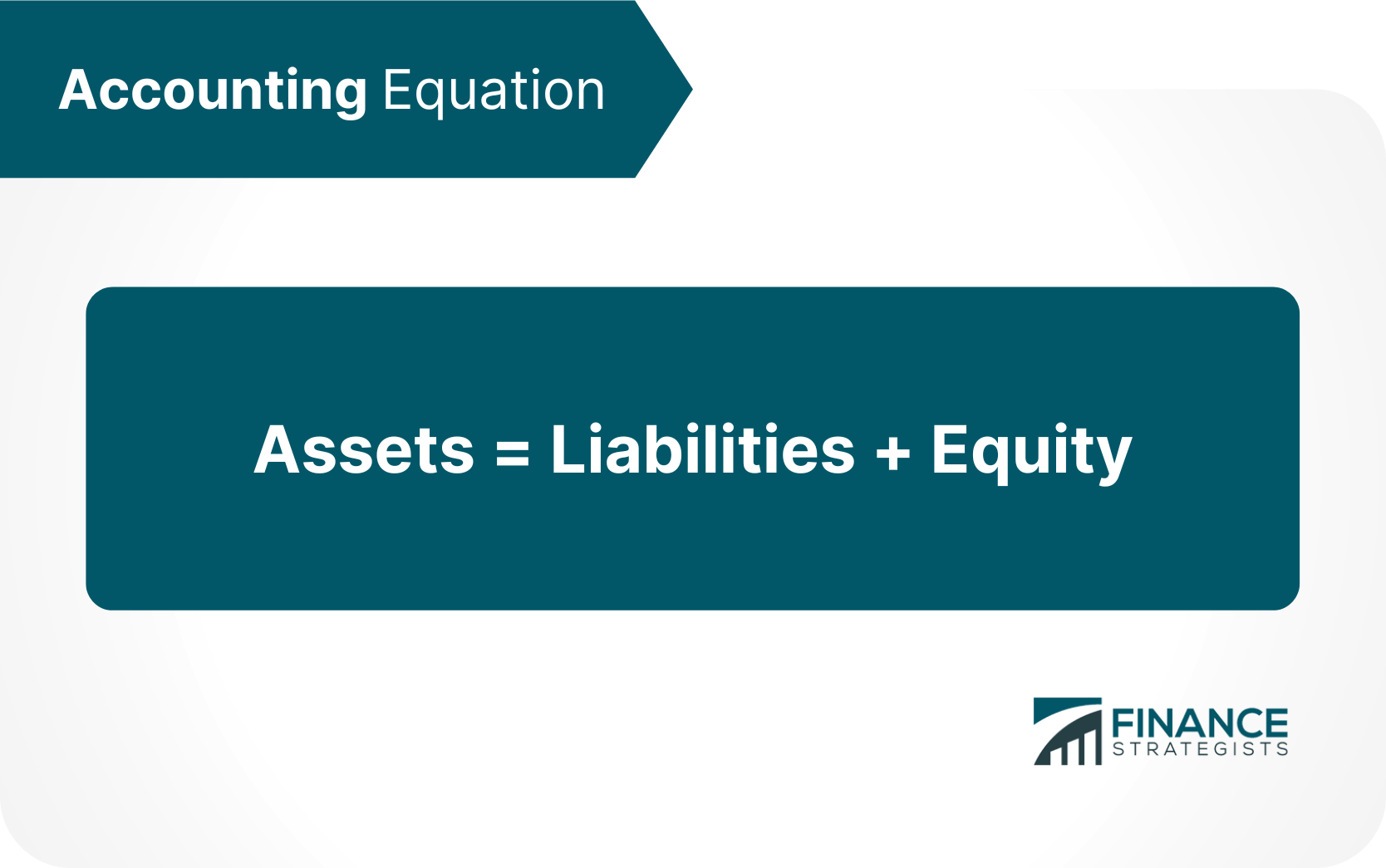
The Cash Flow Statement assesses a company’s ability to manage its cash position, or how well it generates cash to pay debt obligations and fund operating expenses. The Cash Flow Statement, as one of the three main financial statements, supplements the balance sheet and income statement. Generally Accepted Accounting Principles (U.S. GAAP) whenever comparative balance sheets and income statements are presented. It may appear in the balance sheet, in a combined income statement and changes in retained earnings statement, or as a separate schedule. This is done either to increase the value of the existing shares or to prevent various shareholders from controlling the company. The stake of the owner or the firm’s share that is allotted as equity or stock is known as preferred stock.
- This category includes asset purchases and sales, loans made to vendors or received from customers, and payments related to mergers and acquisitions (M&A).
- That’s because it doesn’t take much money to produce each dollar of surplus-free cash flow.
- In most cases, accountants use generally accepted accounting principles (GAAP) when preparing financial statements in the U.S.
- Accounting is popularly regarded as “the language of business” because it doesn’t just help you keep track of your money, but also helps you make informed decisions about your business.
- Shareholder equity can change over time depending on a company’s financial performance.
Accounting Equation: What It Is and How You Calculate It
In accounting, you’ll come across certain titles which appear to bear similar duties but actually have unique job descriptions. In this section, we’ll briefly review the roles of accountants vs. CPAs and tax professionals. Similarly, retained earnings drop with the increase in dividend payment and vice versa. Unrealized gains and losses, which are gains or losses from an investment that changed in pricing. Think of retained earnings as savings, since it represents the total profits that have been saved and put aside (or “retained”) for future use.
Accounting equation
The theory behind the FC method holds that, in general, the dominant activity of an oil and gas company is simply the exploration and development of oil and gas reserves. Therefore, companies should capitalize all costs they incur in pursuit of that activity and then write them off over the course of a full operating cycle. Conversely, because there is no change in productive assets with unsuccessful results, companies should expense costs incurred from those efforts. For a company keeping accurate accounts, every business transaction will be represented in at least two of its accounts. For instance, if a business takes a loan from a bank, the borrowed money will be reflected in its balance sheet as both an increase in the company’s assets and an increase in its loan liability. Aside from stock (common, preferred, and treasury) components, the SE statement includes retained earnings, unrealized gains and losses, and contributed (additional paid-up) capital.
Common Mistakes to Avoid with Schedule SE
However, modern accounting as a profession has only been around since the early 19th century. As a result, all professional accounting designations are the culmination of years of study and rigorous examinations combined what is se in accounting with a minimum number of years of practical accounting experience. If the company ever needs to be liquidated, SE is the amount of money that would be returned to these owners after all other debts are satisfied.
Their primary job is to help clients with their taxes so they can avoid paying too much or too little in federal income or state income taxes. A certified public accountant (CPA) is a type of professional accountant with more training and experience than a typical accountant. Aspiring CPAs are expected to have a bachelor’s degree, more than two years of public accounting work experience, pass all four parts of the CPA exam and meet additional state-specific qualifications if required.
These are some simple examples, but even the most complicated transactions can be recorded in a similar way. The double-entry practice ensures that the accounting equation always remains balanced, meaning that the left-side value of the equation will always match the right-side value. The accounting equation is a concise expression of the complex, expanded, and multi-item display of a balance sheet.
Specialties include general financial planning, career development, lending, retirement, tax preparation, and credit. Schedule SE remains a pivotal yet sometimes overlooked tax form requirement for all applicable self-employed individuals and businesses. Sidestepping intricate regulations governing self-employment tax calculation, Social Security credits, payroll withholding, and more easily triggers IRS scrutiny if not wisely managed.
The primary aim of the double-entry system is to keep track of debits and credits and ensure that the sum of these always matches up to the company assets, a calculation carried out by the accounting equation. It is used to transfer totals from books of prime entry into the nominal ledger. Accounting is the process of keeping track of all financial transactions within a business, such as any money coming in and money going out. It’s not only important for businesses in terms of record keeping and general business management, but also for legal reasons and tax purposes. Though many businesses leave their accounting to the pros, it’s wise to understand the basics of accounting if you’re running a business. To help, we’ll detail everything you need to know about the basics of accounting.

Long-term assets are possessions that cannot reliably be converted to cash or consumed within a year. They include investments; property, plant, and equipment (PPE), and intangibles such as patents. Retained earnings are part of shareholder equity as is any capital invested in the company. SE is a number that stock investors and analysts look at when they’re evaluating a company’s overall financial health. It helps them to judge the quality of the company’s financial ratios, providing them with the tools to make better investment decisions.
Assets add value to your company and increase its equity, whereas liabilities reduce its value and equity. The greater your assets exceed your liabilities, the better your company’s financial health. However, if you have more liabilities than assets, you may be on the verge of going out of business. Since the balance sheet is founded on the principles of the accounting equation, this equation can also be said to be responsible for estimating the net worth of an entire company. The fundamental components of the accounting equation include the calculation of both company holdings and company debts; thus, it allows owners to gauge the total value of a firm’s assets. Accounting is popularly regarded as “the language of business” because it doesn’t just help you keep track of your money, but also helps you make informed decisions about your business.
Adam received his master’s in economics from The New School for Social Research and his Ph.D. from the University of Wisconsin-Madison in sociology. He currently researches and teaches economic sociology and the social studies of finance at the Hebrew University in Jerusalem. Similar to how standard W-2 company payroll withholdings fund Social Security and Medicare, being self-employed obligates you to directly remit these taxes yourself. This shows whether a business is absorbing funds for working capital or releasing them. Trends may indicate either financial stress or loose control over working capital. Investing activities encompass all sources and uses of cash generated by a company’s investments.
